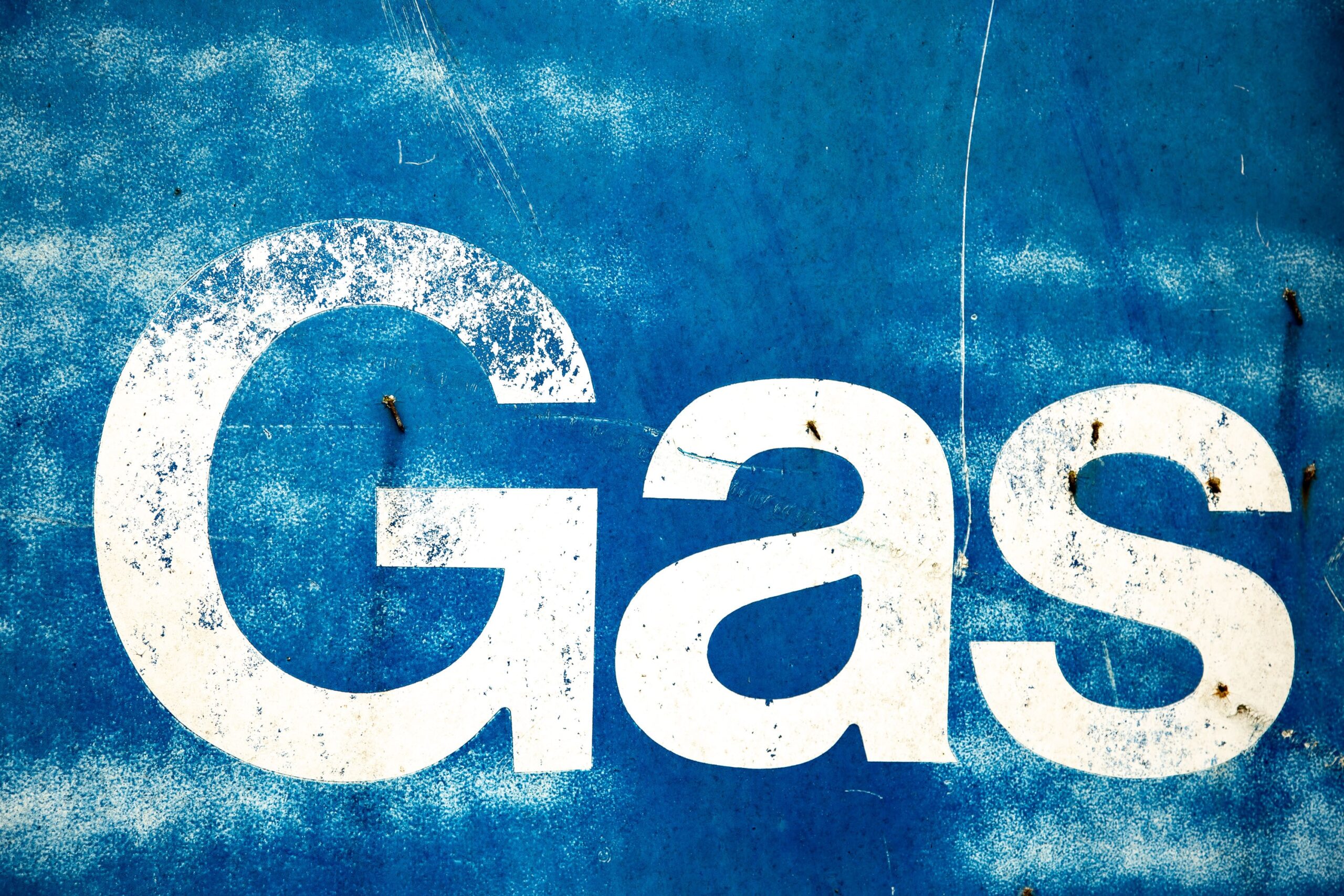AEMO last week released a report which forecasted a supply “gap” on the east coast gas market of up to 33 petajoules on assumptions that the three Queensland LGN ventures exported all their uncontracted gas this year. The report warned of a risk of a gas shortfall in the southern states this winter unless the LNG exporters in Gladstone diverted shipments from export to domestic customers.
Santos’ GLNG joint venture has spoken out against the winter gas shortfall forecasted by AEMO saying that Queensland’s three LNG ventures have committed to make available all the domestic gas expected to be needed this year. AEMO’s forecast did not account for the ventures move to supply an additional 100 terajoules a day of gas this winter.
The joint venture said it had sold more than 15 petajoules of gas to wholesalers, retailers and power generators which will deliver gas between May and September “to alleviate critical peak winter demand in east coast gas and electricity markets”.
GLNG also said AEMO’s data was based on forecasts and the other two Queensland LGN ventures had offered more than 20 petajoules of domestic gas for sale, and there has been no spot LNG export from Gladstone in 2023.
The GLNG chief executive Stephen Harty commented taking all those factors in consideration, “it looks like any potential shortfall has already been fully mitigated.”
On April 1st the Federal Resources Minister is due to start deciding whether to curb LGN exports from Gladstone on a quarterly basis if required to avoid shortfalls in the domestic market.
The reform of the Australian Domestic Gas Security Mechanism (ADGSM) has Queensland LNG exporters and their customers in Asia concerned due to the volumes of gas that Asian nations rely on.
AEMO’s report again has called upon the Albanese government to match support, it has voiced for the role of gas through the energy transition with policy measures. Which would encourage investment in the development of gas resources.
Despite this, the cap implemented on wholesale gas prices and proposed ongoing regulation through “reasonable pricing” provisions on the east coast market has caused gas producers to put several investments in proposed projects on hold. The rules are to be included within the mandatory code of conduct which is expected to be released within the coming weeks.
Industry gas executives are currently arguing for some relaxation of the rules to allow new projects that are needed to meet demand to go ahead, and that barriers to new gas supply investment are removed on the east coast as more gas supply is needed over the coming years. Victoria and NSW state governments are also under pressure to relax restrictions on onshore gas development.

